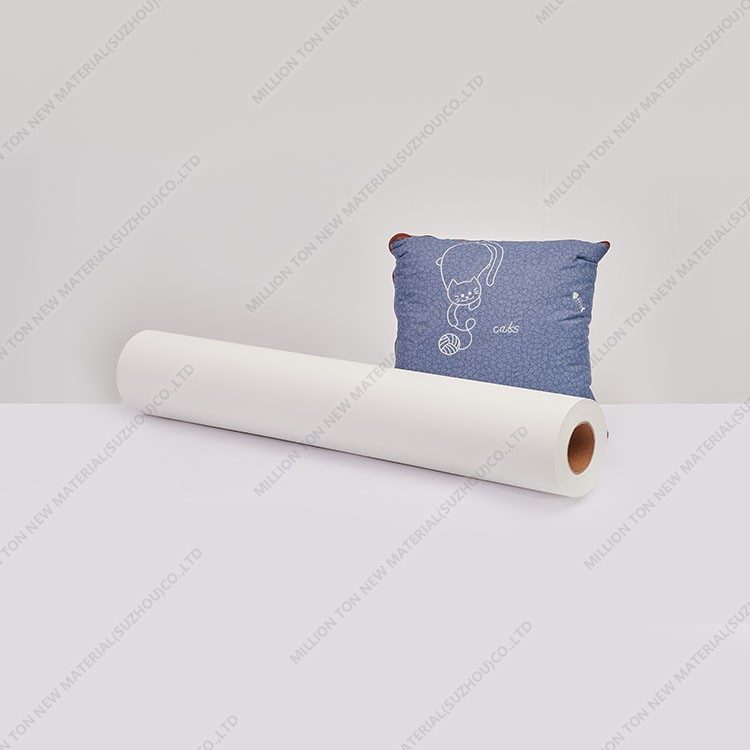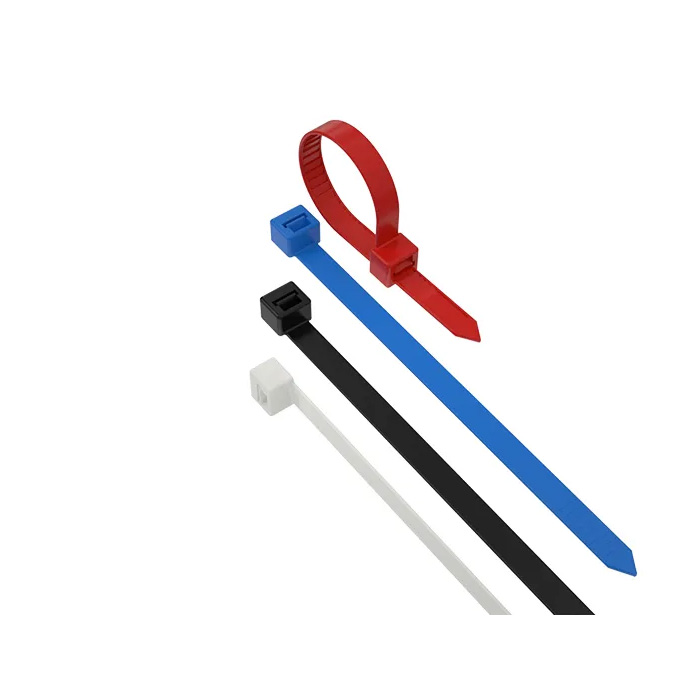How to Recycle Paper Cups
Your classic to-go coffee or soda cup is designed for one-time use, but unfortunately recycling at this point is basically nonexistent in the U.S. That’s because all cups are lined with a thin coating of plastic that can’t be easily separated during the recycling process. The most innovation on paper cup disposal has come in the field of composting, and that is still limited at best.
Paper Cup Recycling Preparation
Unfortunately, odds are pretty good that you’ll have to throw the paper cup away. However, there is better news for its accessories.
You can remove the paper sleeve for coffee cups and recycle that with corrugated cardboard. The plastic lid should be recyclable if your local program accepts #1-7 plastics in non-bottle form. The straw or stirrer should be thrown away.
If you have a backyard compost bin and you purchase bio-based paper cups, you can try to compost them. The paper will break down, but you may have difficulty with the plastic lining.
Why Recycle/Compost Paper Cups
It’s estimated that
60 billion paper cups are thrown away
in the U.S. each year
Coffee chains recycle
less than 1 percent of their cups internally
Additional resources:
Everything You Need to Know About Custom Banner Printing
What is signage in printing?
Corrugated fiberboard
How to Save Money with Custom Size Boxes
How do you read a picture book for kids?
The Ultimate Introduction to Flexible Packaging
The Benefits of Using PE FilmIf your paper cups are lined with polylactic acid (PLA) instead of polyethylene, they are able to be commercially composted in less than 60 days
Find Recycling Guides for Other Materials
Frequent Paper Cup Recycling Questions
Can I recycle paper cups in my curbside recycling program?
It’s very rare that you will find a curbside recycling program that accepts paper cups, even if they are lined with bio-plastic. Some cities in California will accept paper cups with food waste, but you’ll want to check first.
Why do paper cups contain plastic lining?
The plastic lining serves two purposes. First, it makes the cup waterproof so it can hold liquid (if this is confusing, imagine drinking soda out of a rolled-up newspaper). Second, it helps the cup handle hot and cold temperatures to better protect your hands.
Why is it difficult for bio-based paper cups to be composted?
The plastic lining of paper cups may be made of polylactic acid (derived from corn starch instead of petroleum), but this bio-based plastic still requires extreme temperatures to break down in compost. Your home-based compost system may not get hot enough for it to break down, and commercial compost options are currently limited in the U.S.
If I can’t recycle or compost my paper cups, then what is the solution?
Your best solution is to avoid using paper cups if possible. Many coffee shops will allow you to bring in your own reusable mug. Many fast food restaurants will sell you a large reusable plastic cup that you can refill on a future visit. In some cases, you’ll even receive a discount for reusing a cup.
Are plastic cups easier to recycle than paper cups?
Yes, unless they are expanded polystyrene (commonly known by the brand name Styrofoam). Plastic cups are generally composed of one material, usually polyethylene terephthalate (PET, or #1 plastic). If your local program accepts any plastics with a number (including most major U.S. cities), it will accept plastic cups. If you are choosing between paper or plastic cups when it comes to recycling, plastic is the better choice.
Additional resources:Cardboard Die-Cutters: Precision and Efficiency for Your Packaging Needs
Sustainable Packaging Solutions: Promoting Eco-Friendly Practices
What Size Tarp for Camping?
Advantages of Flip Top Caps with Silicone Valves
The Magic of Spirit Glass Bottles: Enhancing the Drinking Experience
Unveiling the Elegance: Spirit Glass Bottles for Discerning Connoisseurs
Exploring LPG Cylinder Regulations: Compliance and Safety Standards











